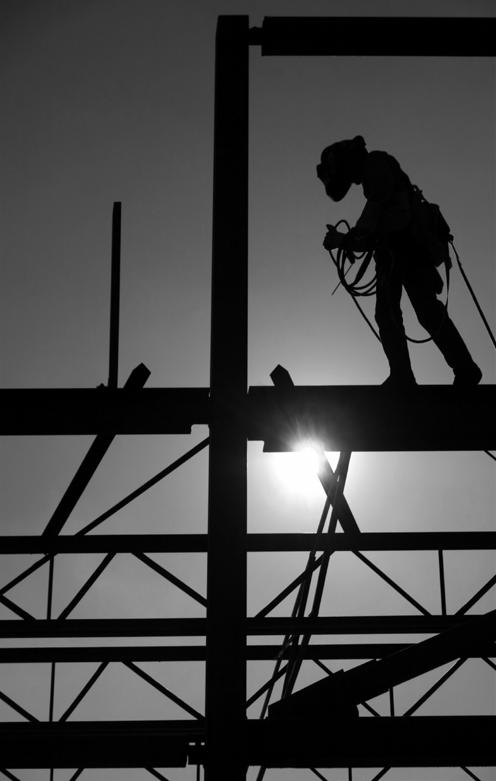The History of Substance Use in the Workplace Culture of Construction
I
t is common practice for coworkers to celebrate or unwind together across industries; however, many participants discussed a workplace culture in construction that encouraged this to excess. The mentality of “work hard, play hard” featured prominently in many participant’s discussion of both their early careers and their early experiences using substances. Participants who fit both profiles A and B discussed being introduced to substance use (regardless of whether it became problematic) by their coworkers within social situations after work.
“Friday night back in my generation we would go into the pubs, find out who was doing what and that’s how we got jobs back in those days. We didn’t have internet access. It was normal. It was normal to work hard, drink hard. But it was never normal, but that’s where the industry takes you”
There is zero tolerance for any substance use at the (construction) workplace. Nevertheless, the construction industry is not immune to employing individuals who indulge in after-work regulated and illicit substance use. Consequently, some workers do arrive on the job site hungover or still inebriated. This places employers in the difficult position of balancing workplace safety with maintaining an adequate number of workers during staffing shortages that currently plague the industry.7.
Some participants discussed that they were able to fly under the radar when they were hungover or struggling at work. Because of the nature of their jobs, they did not always work closely with others or supervisors, unlike what they believed would be required in an office setting. Many discussed that they were evaluated based on the quality of their work rather than their professionalism on site which allowed them to fit in. One participant highlighted that efforts to address substance use in construction must be cognizant of the impacts that changes in workplace culture can have on those that are already struggling to participate. “I see the industry getting cleaner and better. But I also see that that’s taking that familiar place around [these] misfits that didn’t fit in. So I think that’s part of why we’re seeing exaggerated numbers is, you know, this was a safe place for a lot of people to hide in their shit, and to be comfortable and now they almost don’t feel wanted. They’re like ‘oh look at these people are a lot cleaner than I am, these people don’t have my issues, they seem way more well adjusted’. I think it just further continues to push people into the isolated place with their issues”
10




